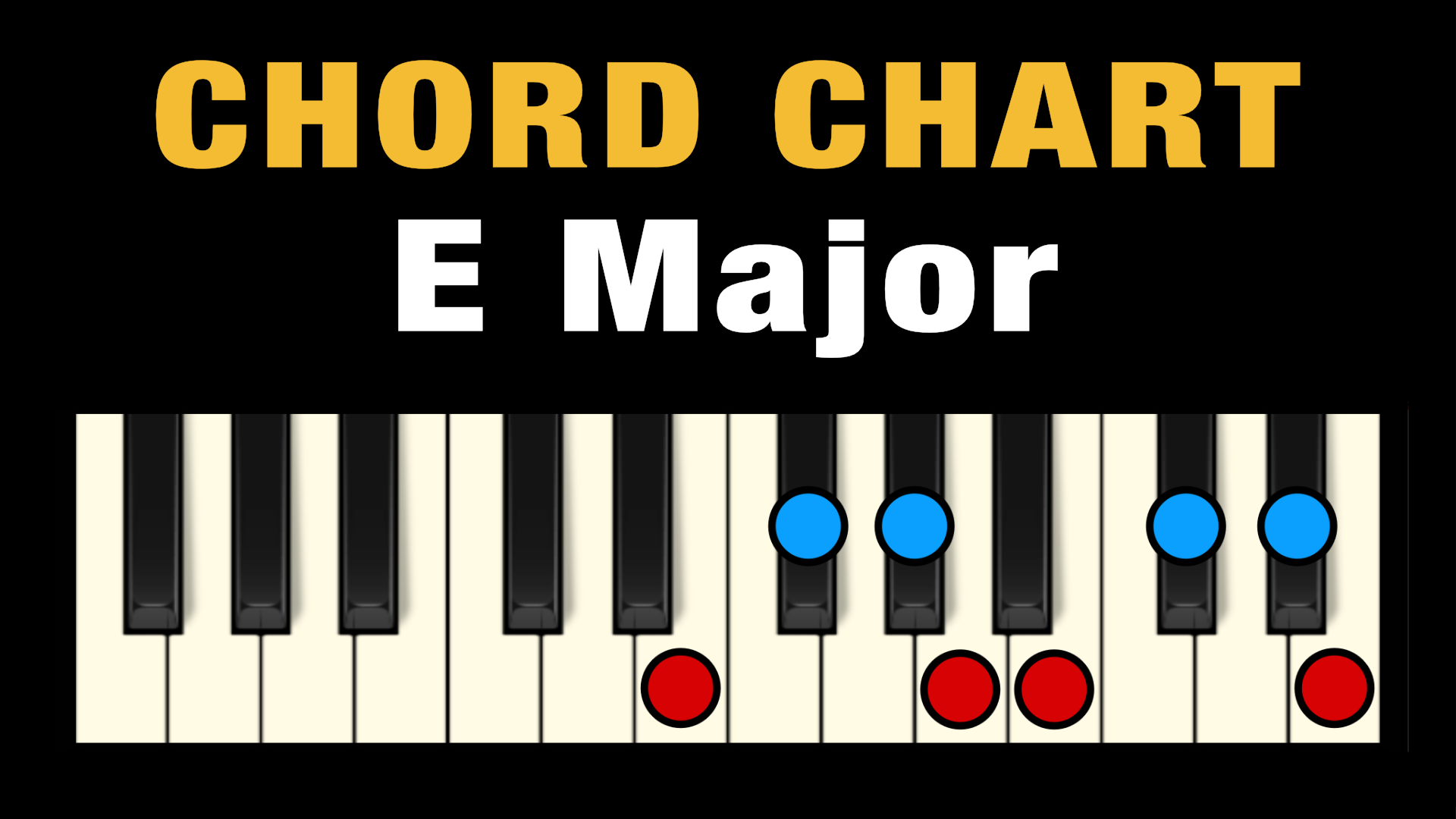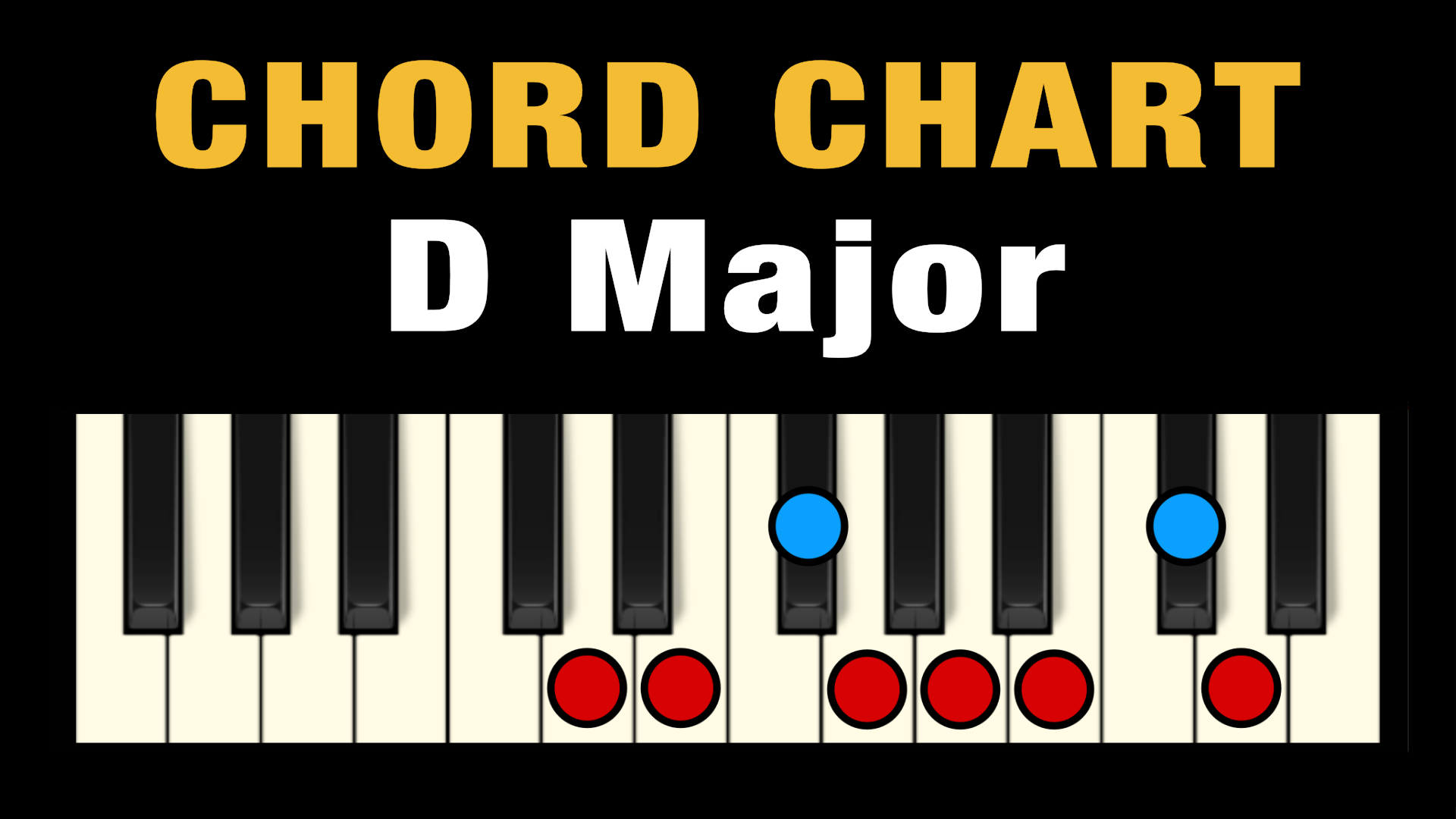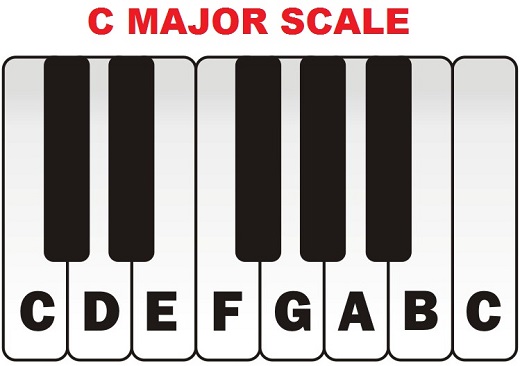A Minor Scale Piano Chords and Notes is a great way to learn about music theory and how to play the piano. This scale is one of the most popular in music, and it can be used to play a variety of genres. It is also used in many popular songs, such as “Let It Be” by The Beatles. This scale is composed of seven notes that form a natural minor scale, and understanding it can help you create interesting and beautiful music on the piano. In this article, we will discuss the notes, chords, and scale patterns of the A Minor Scale, so that you can learn how to use them effectively in your playing.
How to Play the A Minor Scale on Piano: Techniques & Tips
The A minor scale is an essential part of any pianist’s repertoire. It is a great way to practice your technique and develop a well-rounded understanding of music theory. Here are some tips and techniques to help you master the A minor scale on the piano.
First and foremost, it is important to understand the basics of the A minor scale. The A minor scale is a diatonic scale that consists of seven notes: A, B, C, D, E, F and G. Each of these notes is separated by a whole step, with the exception of the third and fourth notes (B and C) which are separated by a half step.
Once you have familiarized yourself with the notes of the A minor scale, it is time to begin practicing. The best way to get comfortable with the A minor scale is to practice it in both hands. Start by playing the scale in your right hand, then move to your left hand. This will help you build dexterity and become more comfortable with the notes of the scale.
It is also important to practice the scale in different octaves. This will help you become more familiar with the range of the piano and help you understand the intervals between each note. Additionally, practicing the A minor scale in different rhythms can help you become more comfortable with the scale and develop your timing and coordination.
Finally, it is important to practice the A minor scale with different articulations. This will help you develop control over your dynamics, as well as add some color and expression to your playing. Experiment with different articulations such as staccato, legato, and accentuation to get a better understanding of the A minor scale.
By following these tips and techniques, you will be able to master the A minor scale on the piano in no time. Good luck!
Exploring the Unique Characteristics of A Minor Scale Piano Chords
A Minor scale is one of the most popular and recognizable scales in music. It is used in many different genres, from classical to jazz and pop. This scale is known for its unique sound and for its ability to create a feeling of tension and resolution. It is composed of seven notes, each one a half-step apart.
The unique characteristics of A Minor scale piano chords are what make them so desirable and versatile. The chords are made up of three notes, each of which is a half-step apart from the next. This creates the smooth, flowing sound that A Minor is known for. Additionally, the chords are very versatile and can be used in many different musical contexts.
Another unique characteristic of A Minor scale piano chords is their ability to create a feeling of tension and resolution. By using a combination of chords, a pianist can create a sense of tension that builds up and then resolves. This tension-resolution dynamic is an essential part of music and is used in many different genres.
The chords of A Minor scale are also very flexible and can be used in different ways to create different sounds and moods. For example, a pianist can use the same chord progression but in different keys to create a different atmosphere or sound. Additionally, the chords can be used in different combinations with other chords to create even more interesting and unique sounds.
The unique characteristics of A Minor scale piano chords make them a popular choice for many musicians. They are versatile, able to create a wide range of sounds, and are able to create a feeling of tension and resolution. As a result, they are widely used in many different musical contexts, from classical to jazz and pop.
What You Need to Know About A Minor Scale Intervals & Arpeggios
A minor scale is an important part of music theory, as it is the basis for a variety of chords, melodies, and progressions. The minor scale is made up of seven distinct notes, with each note separated by a specific interval. These intervals are known as minor seconds, minor thirds, perfect fourths, perfect fifths, minor sixths, minor sevenths, and perfect octaves.
Minor seconds are the smallest interval in the scale, with a distance of one semitone between notes. Minor thirds are two semitones apart, while perfect fourths have a distance of three semitones. Perfect fifths have a distance of four semitones, while minor sixths are five semitones apart. Minor sevenths are six semitones apart, and perfect octaves are seven semitones apart.
The intervals of a minor scale can be used to form arpeggios, which are sequences of notes played in succession. The notes in an arpeggio can be any combination of the notes in a minor scale, but the most common arpeggio is the minor triad. This consists of the root note, a minor third, and a perfect fifth.
The intervals and arpeggios of a minor scale are essential for any musician who wishes to understand and use the minor scale in their music. Knowing this information will allow you to create interesting melodic patterns, as well as interesting harmonic progressions. With the minor scale, you can create a wide variety of sounds and textures, which can add depth and complexity to your music.
A Guide to Understanding A Minor Scale Circle of Fifths Progressions
A minor scale circle of fifths progression is a popular musical progression used by composers of all genres. It is a great way to harmonize musical ideas and create interesting musical textures. Knowing how to use this progression can be very helpful for composers and musicians alike.
The minor scale circle of fifths progression is based on the circle of fifths, which is a visual representation of the relationship between all the different chords in a given key. In the progression, each chord is separated by a perfect fifth interval, which creates an interesting harmonic texture. The progression also allows for a lot of variation in the harmony, which can be used to create different moods and colors in a piece of music.
When using a minor scale circle of fifths progression, the first chord is usually the tonic, or “home base” chord. This is the chord that the piece of music starts and ends on. From there, the progression moves in a clockwise direction around the circle of fifths, making use of all the chords in the key. As the progression moves around the circle, the chords become more and more dissonant, which adds tension and interest to the progression.
When using the minor scale circle of fifths progression, it is important to pay attention to the balance between tension and release. The progression should not be too static, with the same chords repeating over and over. Instead, the progression should move in and out of tension, creating an interesting musical journey.
Using a minor scale circle of fifths progression can be a great way to create interesting musical textures and to harmonize musical ideas. It is an essential tool to have in any composer or musician’s toolbox. With a bit of practice and experimentation, anyone can learn to use this progression to create beautiful and unique music.
Unraveling the Mysteries of A Minor Scale Inversions & Extensions
The minor scale is an essential component of music theory, used in a variety of musical genres. It is important for musicians to understand the various inversions and extensions of the minor scale in order to create interesting and dynamic musical compositions.
Inversions are alterations of a given scale or chord that rearrange the notes to create a different tonal quality. Inversions of the minor scale involve changing the order of the notes while still preserving the overall sound of the scale. For example, an A minor scale in its first inversion would be written as B-D-E-A-C-E, while the second inversion of the same scale would be C-E-A-B-D-E.
Extensions of a scale involve adding other notes to the scale, such as sevenths or ninths, in order to create more complex harmonies. For example, a seventh chord in A minor can be written as A-C-E-G, while a ninth chord in A minor can be written as A-C-E-G-B. These additional notes create a richer, fuller sound that can be used to create a wide variety of musical styles.
In summary, understanding and mastering inversions and extensions of the minor scale can help musicians create more interesting and dynamic musical compositions. By reordering the notes of a scale in different ways or adding additional notes, a musician can create a variety of different tonal qualities and harmonies that can add interest and complexity to a piece of music.
Crafting Creative Piano Lines Using A Minor Scale Chords & Notes
When writing creative piano lines using the A Minor scale, it is important to consider the chords and notes of the scale. Understanding the fundamentals of the scale and the chords it contains will help ensure that the lines you compose are musically pleasing and effective.
The A Minor scale is composed of the following notes: A, B, C, D, E, F, and G. Each of these notes can be used to create a variety of chords, including major, minor, and suspended chords. To begin crafting creative piano lines, it is important to become familiar with the chords and notes of the scale.
Next, begin to experiment with the different chords and notes available. Start by playing the chords of the scale, in order, and then move to a variety of different chords created with the notes of the scale. As you experiment with different chords, try to find ones that fit together in a pleasing way, creating a cohesive and dynamic line.
Additionally, it is important to consider the rhythm of your line. Often, the rhythm of the line can be just as important as the chords and notes used. Pay attention to the tempo and intensity of the line, and experiment with different rhythms to create an interesting and unique line.
Finally, experiment with adding some improvisation to your line. Improvisation can add a unique and creative flair, and can help you to create a unique and unique piano line. By adding improvisation, you can create a line that is truly your own.
By considering the chords and notes of the A Minor scale, experimenting with different chords, rhythms, and improvisation, you can create a creative and effective piano line.
Conclusion
The A minor scale is an incredibly versatile and useful scale for beginning and advanced piano players alike. It is the sixth mode of the C major scale and provides a great starting point for learning how to play chords and notes in a minor key. With the help of this scale, piano players can create beautiful and complex melodies that will bring joy to both the performer and the listener.
Since 2005, Singersroom has been the voice of R&B around the world. Connect with us via social media below.








